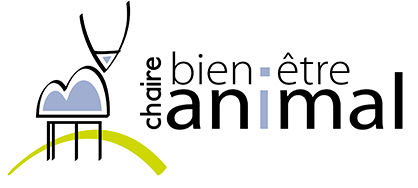Document type : article published in Paysan Breton
Preview: New pig housing is catching up on its animal welfare credentials: larger suckling pens, skylights and even outdoor runs. This development entails additional costs that will have to be paid for.
During suckling, the spacious "freedom "pens chosen by many breeders when building new housing, are much more expensive than restrictive crates. Christine Roguet, an Ifip engineer, estimates that ensuring the comfort of France's 800,000 lactating sows would require 1 billion euros of investment (construction and renovation) if regulations were to change in favour of animal welfare. Where fattening is concerned, the bill would be just as high. A reduction in housing density (from 0.7 m2 to 1 m2/pig) would cost 2.5 billion euros in investment across France. These new arrangements do not guarantee a sufficient technical improvement in outcomes to amortize the additional costs. Finance must be sought elsewhere.
The simplest solution is to make consumers pay by giving them information on farming methods (via labelling). Surveys show that members of the French public say they are willing to pay more. But as consumers they don't do so. At the ham counter, the French look first at the price, then the source and then the use-by date, a 2018 Ifop survey tells us. Methods of farming come only 10th among the criteria for customer choice. An identical survey in May 2019 showed that 92 % of those surveyed were in favour of labelling on this issue. Only 54 % said they would be prepared to pay more for it. Currently, only poultry meat benefits from animal welfare labelling in some French retail chains. " The link to the producer is not obvious' , says Christine Roguet. NGOs (Non-Governmental Organisations) are lobbying at the European level.




